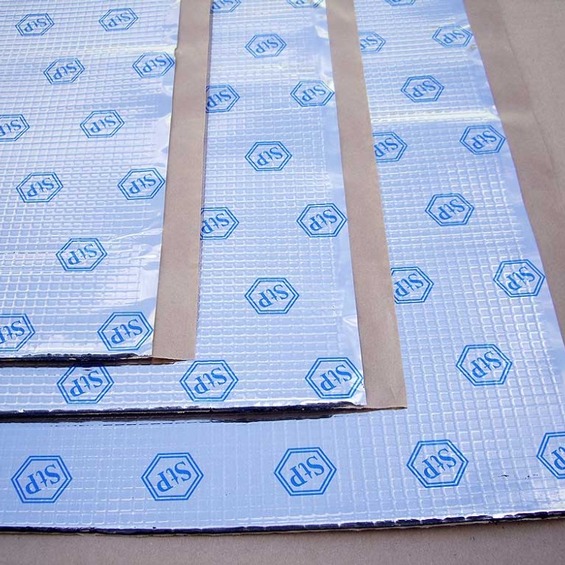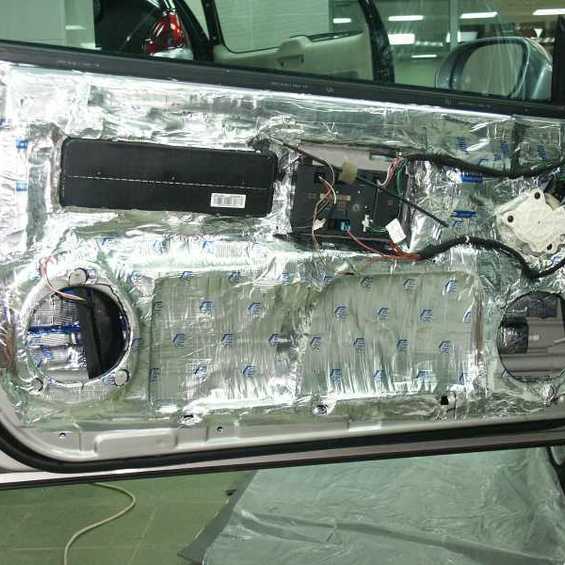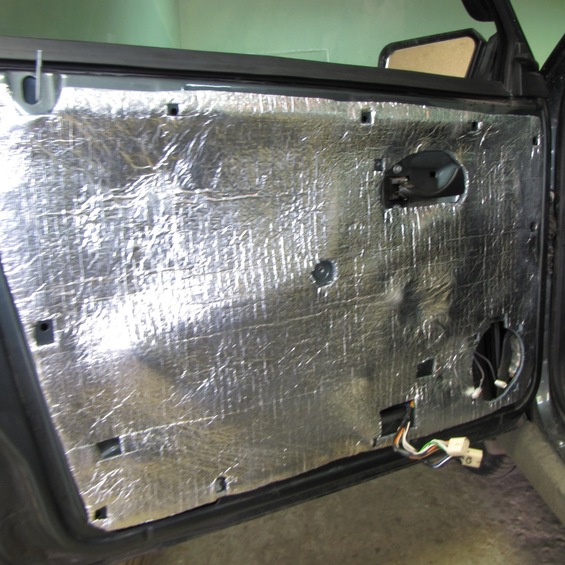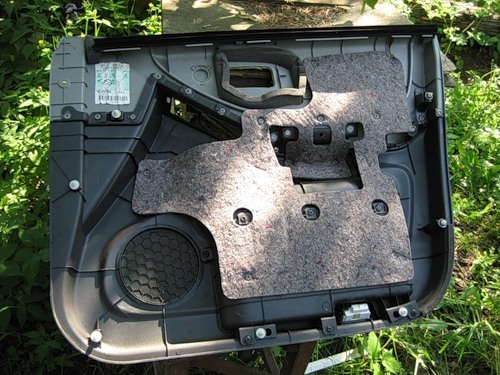
Not every car can boast of a perfect or at least a good noise insulation. However, if the car is not quiet enough in the car, it can be corrected by making additional noise insulation.
From the point of view of noise penetration into the cabin, the "weakest link" is considered to be the doors, since it is from them that the most extraneous sounds come from them. That's why most car owners are starting to make noise isolation from the doors.
Materials for self-contained noise insulation of doors
Before starting a door disassembly and directly installing the noise isolation process, you must define the materials that you will use. A lot of materials that promise perfect vibration-and noise insulation are presented in the modern market, but not all of them are well established in use.

You will need vibration-proofing material (most commonly recommend vibration) and noise-proofing material (usually isolon or foam insulation). In addition, the clanking of the speakers and the inner surface of the upholstle will need bitoplast, but for the prevention of creaks in the plating-anti-spam material (for example, madolin). How to Noise Insulating the Car Door
How to Noise Insulating the Car Door
The first stage is the dismantling of the door and the dismantling of the binder. It is important to act neatly in order not to break any of the creepages or the nenarches without losing something melon. If you first parse the car door, it is better to draw or photograph the process so that it is easier to collect and remember everything. The lock mechanism and the window-lift mechanism must be removed in its entirety.
Then the inner surface of the door should be thoroughly cleaned: it may be a permanent noise-proofing material or a protective film. All this needs to be carefully removed, then the door must be washed, dried and beheld.
After that, you can navigate directly to the wibro-and noise-isolation. First, there is a layer of vibrating-isolating material (vistrapfer). Try to cover this material with the maximum floor area of the door, but in no case shall be covered with drainage and ventilation openings. The vibrating-insulating material is the best way to push the roller so that there are no air bubbles underneath them.

After that, a layer of noise absorbing material shall be adhesive. It also needs to be smoothened as much as possible so that there are no emptiness between the layers.

In the places where the speakers will be located, they should be glued to the pieces of the ballast. However, it will not work for large areas because it accumulates moisture and can lead to rust formation.
Noise isolation can also be made on the door lining. Sticking on the flat sections of the virostrapfer and then on the entire area of the biofuel layer. Bitoplast should be plasted with a stock of 5 cm on each side, so that when mounting the plating, it does not give it the creak. Note that the attachment holes, as well as the terminals of the window-lift terminals, shall remain free of the insulating materials.

Finally, the final stage is the door assembly in reverse order. When assemia, make sure that all the mechanisms are functioning properly after the noise label is sticky. To prevent the elements of the skin from creaking, they can be glued by a madelene or other antispam material. Clips and fagons are better equipped to replace them with new or use carrots for more secure fixation.
Another incontestable advantage is that a few additional layers of insulating material will iron the door, so that it will close down and more clearly.







